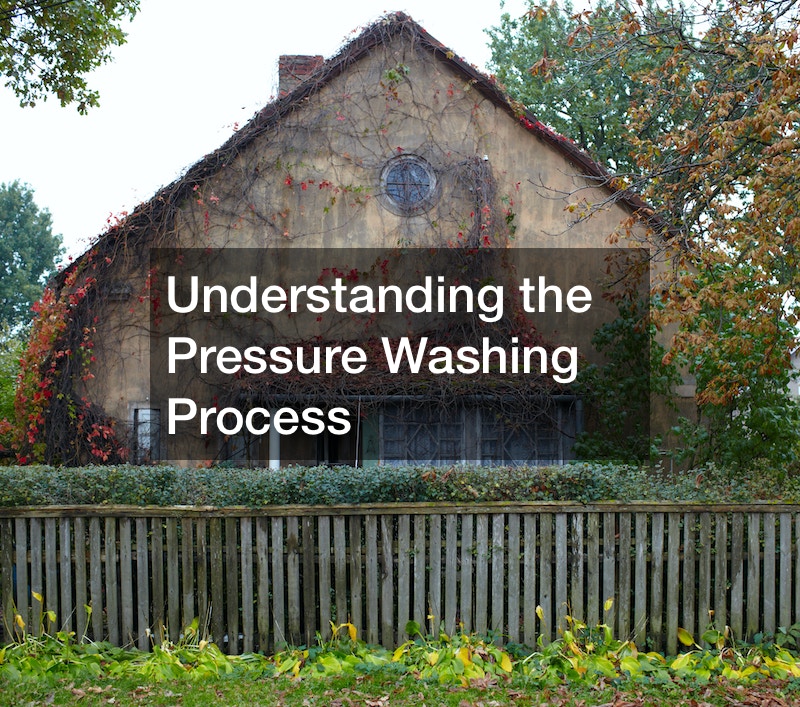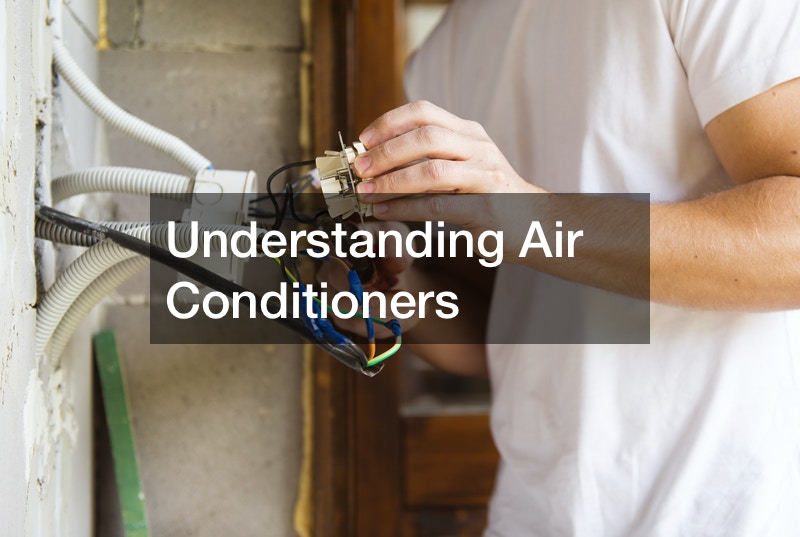
Understanding how pressure washing works can help you make the most of the equipment. Pressure washers consist of a motor or engine that powers a pump, which pressurizes water from a garden hose or water source. The pump increases the water pressure significantly, creating a strong jet of water that can be directed onto surfaces. Most pressure washers also have adjustable nozzles or spray tips to control the spray pattern and intensity.
The pump in a pressure washer generates high pressure by forcing water through a small opening or nozzle. This increased pressure creates a powerful stream of water that can effectively clean surfaces. Different washers offer varying levels of pressure, ranging from light-duty models for home use to heavy-duty commercial-grade units.

The high-pressure water stream produced by pressure washing is what makes it effective for cleaning. It can remove stubborn dirt, mold, mildew, grease, and stains from numerous surfaces, including decks, driveways, siding, vehicles, and more. The force of the water dislodges debris and contaminants, while the high pressure helps to flush them away. Some pressure washers have additional features to enhance their cleaning capabilities. For example, certain models may have detergent tanks or injection systems that allow you to apply cleaning solutions or detergents along with high-pressure water.
For additional information on the pressure washing process, please review the attached video.



